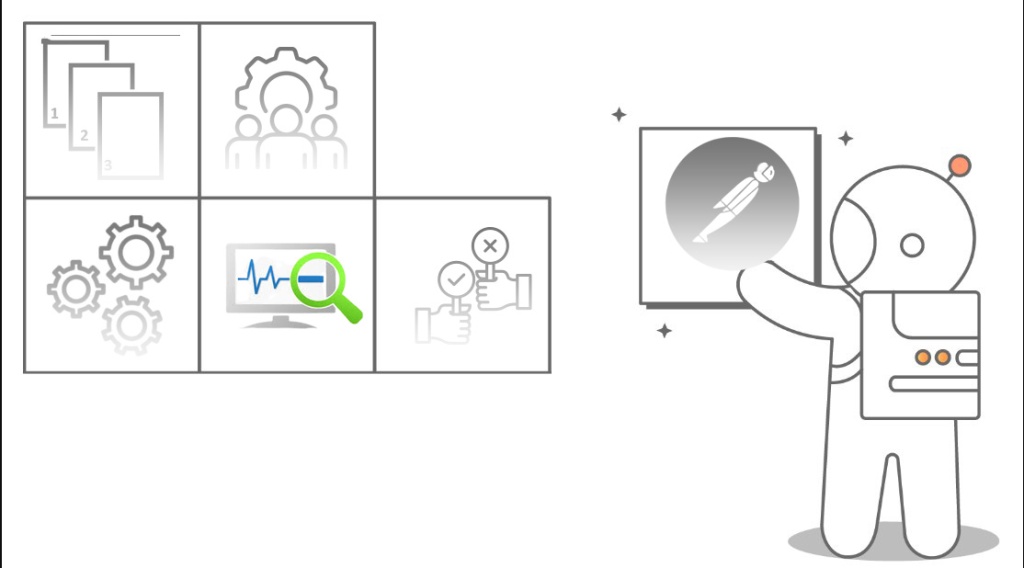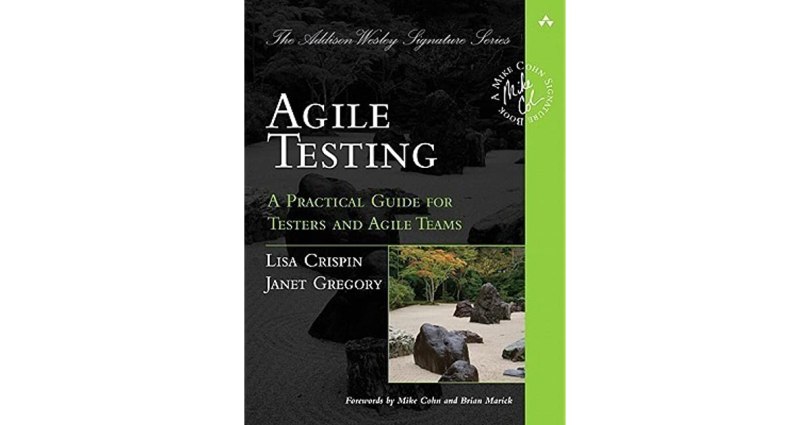<This is a guest post by Kuldeep Rana>
Starting a career in software testing can be rewarding for individuals interested in technology and quality assurance. There are opportunities for growth, including specializing in a particular area, such as automation testing or performance testing, or moving into management positions.
If you are interested in technology and enjoy problem-solving, a career in software testing may
be the right fit for you. Certainly! Here is some advice on how to start a career in software testing:
Introduction to Software Testing
Software testing is a critical part of software development, ensuring that software applications work as intended and meet user requirements. Software testing is a process of evaluating and verifying a software application or system to check whether it meets the specified requirements and performs as expected. The main goal of software testing is to identify defects or bugs in the software and ensure that the software is functional, reliable, and meets user expectations.
There are different types of software testing, and the approach used depends on the specific requirements and goals of the project.
Different Roles of a Software Tester
a. Functional Testing: Functional testing is a type of software testing that verifies whether the software application’s functionality works as intended and meets the specified requirements. It checks the software’s functionality against the requirements and specifications. It verifies that the software performs as expected in different scenarios.
Testing software functionality includes focusing on testing techniques, exploratory and adhoc testing and requires testers to also acquire domain knowledge for their sofwtare.
b. Non-Functional Testing: Non-functional testing is a type of software testing that evaluates the software application’s non-functional aspects, such as performance, reliability, scalability, usability, security, and compatibility. Non-functional testing evaluates how well the software meets non-functional requirements, such as speed, responsiveness, and user experience.
c. Test Automation: This includes focusing on automating aspects of test execution, test data creation and reporting that can help in saving time and improves efficiency by automating repetitive tasks. A test automation expert has knowledge of automation concepts, specialises in tools and CI/CD aspects of testing phases and resources.
Tips to help you start a career in software testing
Gain a powerful foundation in software testing concepts
To become a successful software tester, you need a solid understanding of software testing concepts, such as testing types, methods, and tools. You can begin by reading books on software testing or taking online courses to build your knowledge. Some popular books on software testing include “Software Testing: A Craftsman’s Approach” by Paul C. Jorgensen, “How to Break Software: A Practical Guide to Testing” by James A. Whittaker, “Software Testing Techniques” by Boris Beizer, “The Art of Software Testing” by Glenford J. Myers, and “Testing Computer Software” by Cem Kaner, Jack Falk, and Hung Q. Nguyen.
Obtain a relevant degree
While a degree is not a requirement for becoming a software tester, having a degree in computer science, engineering, or a related field can be advantageous in landing a job in software testing. A degree can demonstrate your understanding of software development and computer programming, which can be useful in testing software applications.
Build practical experience
Practical experience is critical in software testing. You can gain experience by participating in open-source projects, contributing to software development efforts, or testing applications in a volunteer or part-time capacity. This experience can also help you develop your testing skills and build a portfolio to showcase your work.
Learn automation testing tools
Automation testing tools have become an essential part of software testing, and learning them can be beneficial in your career. Popular automation testing tools include Selenium, JMeter, and Appium. Familiarizing yourself with these tools can help you become more efficient in testing software applications and make you a more valuable candidate in the job market.
Seek certification
Consider obtaining a certification such as ISTQB (International Software Testing Qualifications Board) or CSTE (Certified Software Tester). Certification can help validate your skills and experience to potential employers and demonstrate your commitment to the profession. Certification can also provide you with a competitive advantage when applying for software testing jobs.
Network with other software testers
Networking is essential in any profession, including software testing. Attend software testing conferences, join online communities, or participate in forums to connect with other software testers. Networking can help you learn about job opportunities, share knowledge, and gain insights from industry experts.
Apply for entry-level jobs
Look for entry-level software testing jobs such as software tester, quality assurance analyst, or test engineer. These roles can provide you with on-the-job training and help you gain experience in real-world testing scenarios. Entry-level jobs can also help you build your skills, gain exposure to various testing tools and methodologies, and advance your career. Refer to manual testing interview questions for ideas and prepare for entry-level jobs.
Conclusion
In conclusion, starting a career in software testing requires persistence, continuous learning, and a strong desire to learn and grow. The software testing career path can be rewarding and challenging. As technology evolves, so too does the role of software testing. By building your skills and experience, obtaining certifications, and networking with other software testers, you can position yourself for a successful career in software testing.
It is important to continually learn and stay up-to-date with new testing methodologies, tools, and technologies. Additionally, developing strong communication and collaboration skills will help you work effectively with developers, project managers, and other stakeholders.
*****************************************************************************************************
<Image Credits- unsplash.com>
<This is a guest post by Kuldeep Rana who is the founder and lead author of ArtOfTesting. He is skilled in test automation, performance testing, big data, and CI-CD. He brings his decade of experience to his current role where he is dedicated to educating the QA professionals.>















